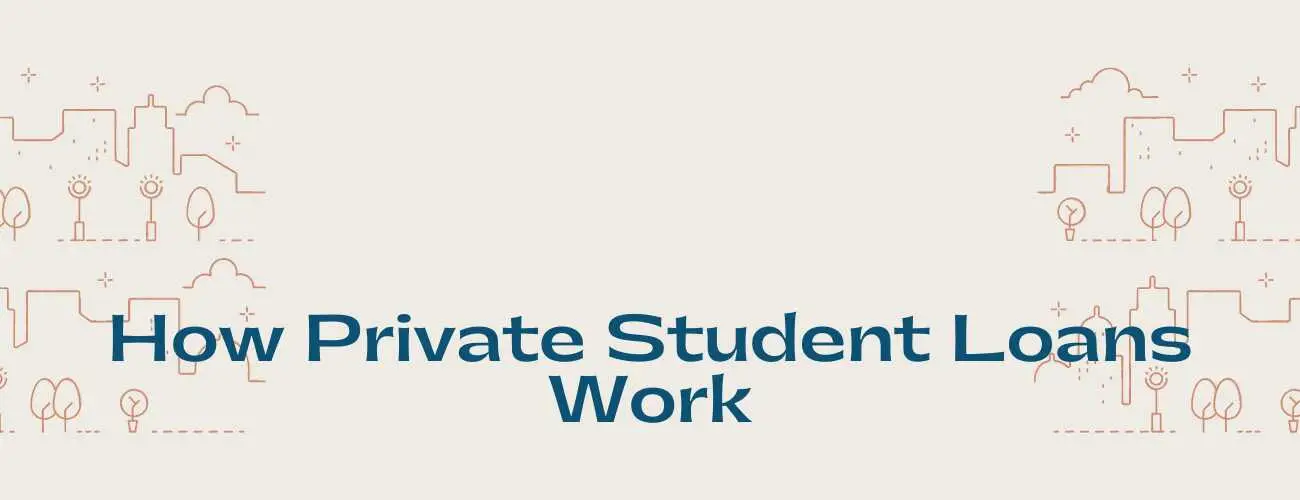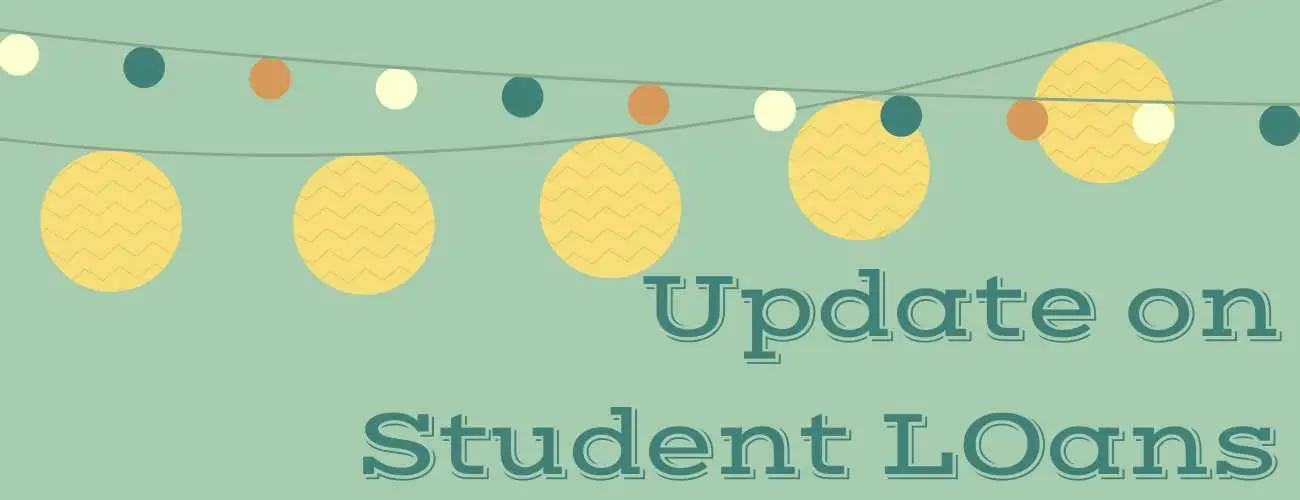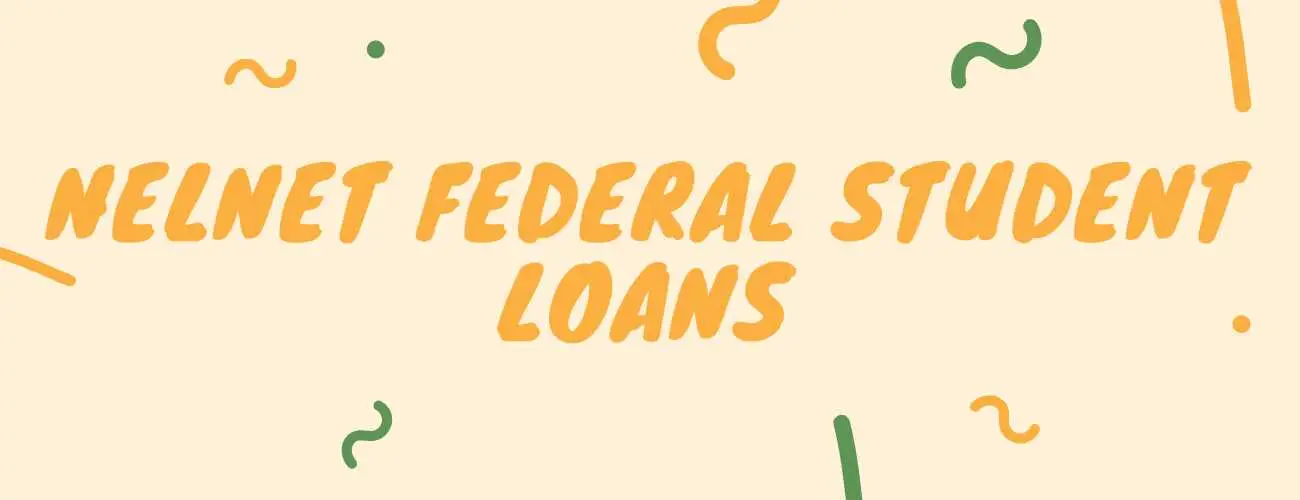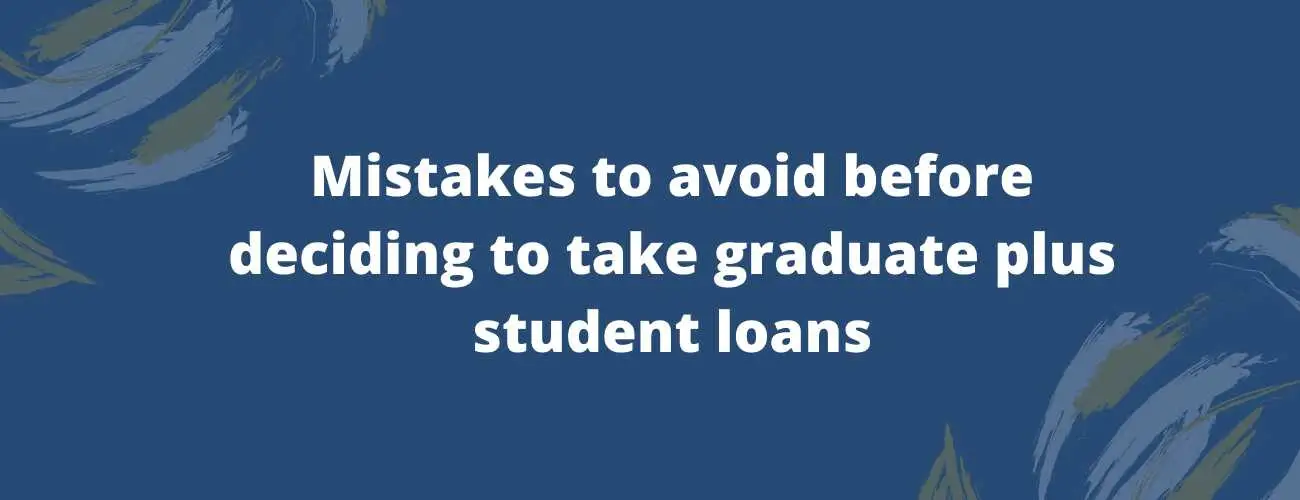Student loan relief program during COVID-19
Explore more about federal loan relief, payment relief options, loan forgiveness program , information about private loan relief and tax concession.
Updated by Aparna A on 1st November 2021
The CARES Act was introduced on March 27, 2020, providing help to workers, students, and common people. This law provides you with an aid to your financial problems during the COVID-19 pandemic. There are several programs published by loan lenders and providers to help loan borrowers during this demanding situation. Let us take a look at the student loan relief programs you can take advantage of, during this pandemic. Just like the CARES Act, Student loan relief and Heroes Act was introduced to help borrowers who are struggling to repay their student loans.
Table of contents
- Federal student loan relief
- Repayment relief during COVID-19
- Loan forgiveness during COVID-19
- Private student loan relief programs
- Tax concession by the government
Federal student loan relief programs
Borrowers who have opted for federal student loans, the federal government has brought relief programs into enforcement, and these programs will last till September 30. Loan discharge, deferment, forbearance, and forgiveness programs have been bought under these relief programs.
-
For all the federal student loan borrowers/students administrative forbearance act is introduced to postpone your payments till September.
-
No interest to be paid during this period for those who have federal student loans.
-
Borrowers in default loans are also suspended from paying during the pandemic.
Eligibility
If you have subsidized, unsubsidized and PLUS loans you are eligible for these relief options. Statistics have proven that most borrowers apply for direct loans. If the Department of Education is listed for Perkins loans and federal loan programs you will receive the relief benefits. If your current loans do not help you take advantage of this relief program, you can always consolidate your loans. Also, note that private loans do not cover these benefits. You will need to contact your private lenders to check their respective relief programs.
Payment relief for federal student loans
The main reassurance is the help given for the repayment of student loans. Below are the relief programs introduced
-
Federal student loan borrowers will receive six months forbearance without any accumulation of interest starting from March 13 to September 30.
-
Note that, if you are in an IDR plan, suspended payments will count in IDR forgiveness.
-
Contact your service provider to enroll in an income-driven repayment plan to lower your payments and choose administrative forbearance to recertify your income before September 30. (0% interest rate)
-
Contact your servicer to cancel auto-pay checks as auto-debit payments will be suspended.
-
Though forbearance is automatically provided to all eligible loan borrowers, if you wish to, you can pay during the forbearance period too.
Note that, 6 extra months are going to be added in your repayment terms and also deferments or forbearances will be applicable after Sept. 30, 2020.
If you still want to pay your loans during this period, you have to pay towards the principal amount and no interest applicable during this time. For more details, you can contact your loan servicer.
Interest Cancellation for 6 months: The major advantage is that you will not need to pay any interest rates during this period decreasing your loan burden. 0% interest is set for a period of 6 months. If you still wish to continue paying for your loans, the amount is calculated towards only principal value.
Note: Loans like FFEL Program, HEAL loans, and Perkins loans, owned by commercial/institution are not eligible for this relief. You can also consolidate these loans to Direct Consolidation Loan and be eligible for a 0% interest rate during this period. Though, the consolidation process may cost you. You may always contact your loan lenders to check for more details. If you are not aware of your loan servicer, contact - 1-800-4-FED-AID to get the details.
This relief program is also applicable to default loans owned by the department of education.
Loan forgiveness
During this period, all borrowers in an income-driven repayment plan, your suspended payments will be counted in IDR forgiveness. PSLF and other forgiveness programs are still available in the relief program. If you make 120 consecutive payments and employed, you will still be eligible for PSLF not otherwise.
More information on Loan forgiveness
Contact your servicer:
If you make auto-debit payments during March 13, 2020, and Sept. 30, 2020, it will be refunded to you. If not contact your servicer enquiring the same. It is also possible to make payments if you wish to stay in administrative forbearance, the amount will be directed to principal amount and 0% interest rate.
Accordingly to this relief program, the payments must automatically be postponed and a 0% interest rate must be imposed. If these changes are not reflected then contact your servicer for help.
What are the relief programs introduced by private student loans?
Similar to federal student loans, private lenders are also providing an increase in forbearance and deferment period from 3 to 12 months' time duration. Though the policies are different from one lender to the other. Many states in the US provide the following relief program during the pandemic. Most of the lenders offer a minimum of 90 days of forbearance. If you make a late payment for your loans it is waived off. If your loans are default, the lawsuit will stop collecting the debt for 90 days which is a great relief for students already in default. If you have borrowed loans from good lenders, most of them provide minimum forbearance period. You can contact the lenders and servicers to check if they provide other assistance programs that you can take advantage of it this time period.
Things to do as a borrower :
-
If the state you reside in has a debt collection process, then you will not be fined by your lender if you're behind on your payments.
-
You must contact your loan servicer so that they can explain if they offer financial relief programs.
-
Most private lenders offer forbearance programs.
-
You can consolidate loans to be eligible for forbearance relief.
-
If you can still pay repayments, continue, as the amount you pay will move to principle value, and your credit score will not be affected.
Interest rates
While there was a drop in interest rates for federal loans during the pandemic, if you have private student loans and have chosen variable interest rates while applying for the loan, you are in advantage, as variable interest has decreased its rates. While trying to refinance the private student loans you can choose variable rates and be in benefit. Refinancing can be easier if you have a good credit score. Refinancing is a good option to choose while employed and you can switch to any type of interest rates ( fixed or variable )and also lesser interest rates. There are also some tax benefits available for assistance. Paying principal amounts for private student loans is advised. You are lucky, if you have federal student loans, as you pay 0% interest during this period.
Refinancing student loans
Due to the changes in our global economic conditions, refinancing your student loans can happen at lower rates. If you have a good credit score, employed, you can apply to refinance your loans to a lower interest rate and save a lot of money. Refinancing federal loans is not advised as you will lose benefits like interest-free forbearance and income-driven plans and of course offers the government provides during the pandemic.
Aid provided at state
Student Loan Relief with CARES Act was signed in March to support American workers, businesses, and save jobs for Americans. Many states came together with the servicers to provide a minimum forbearance of 90 days to private commercially held federal student loans. The difference will be - interest rates will accrue during this break and to apply for this relief you must contact your loan servicer. As per this relief servicers will waive late payment fees, no debt will be collected for default loans, and will not have negative credit.
Aid is given at school
Schools provided places for the homeless and the interrelationship students at the college for students will stay and study within the campus premises. Most classes are conducted online for the safety and convenience of students. If you have paid the college for certain fees and are no longer using the campus, according to the semesters the refund is made to each student. Colleges are also helping by providing financial aid and cash grants. Colleges are helping with housing, food options, tuition assistance, and giving cash grants and helping students in various possible ways. Also do remember, during these vulnerable times,do not fall victim to Student Loan Relief Scams-COVID 19 during the pandemic.
Tax details during COVID-19
As the Covid-19 rescue package, employers are allowed to give $5,250 tax-free until Dec. 31, 2020, while reimbursing loans or tuition assistance fee. Borrowers won't have to give taxes and will have no payroll taxes too. If you have both private and federal loans, concentrate on paying private student loans, as it will be beneficial for longer-term savings. Once you complete making repayments for private loans you always have the option to apply for loan forgiveness for federal student loans. Student loan relief summarizes all the acts published by the ED during the pandemic. As COVID-19 cases and deaths are increasing, the ED has decided to release Student loan relief extension - COVID-19 to help the borrowers during this period.
| Minumum Credit Score | Apply in as little as | Variable APR | Fixed APR | ||
|---|---|---|---|---|---|
 | Not Available | 15 minutes or less | 2.95 | 4.74 | View disclosures |
 | 620 | 2 minutes | 5.38%-16.99%1 | 4.43%-16.99%1 | View disclosures |
 | Not Available | 15 minutes | 1.13% - 11.23%¹ (with autopay) | 3.50% - 12.60%¹ (with autopay) | View disclosures |



93.jpg)


28.jpg)
